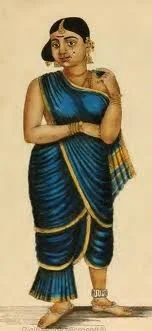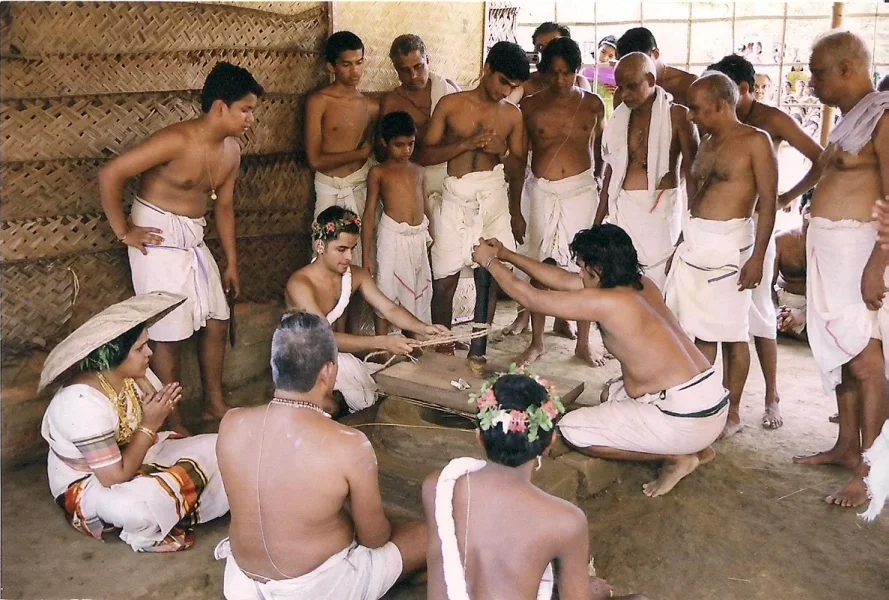As you all know in a brahmin family, for traditional function
and other functions, dress code differs according to the necessity and as the situation warrants. Generally
Ladies as far as possible should wear a descent dress, which should not invite them problem when they go out,
that too alone. That is all. Otherwise modern dresses are worn by ladies everywhere in cultural functions,
competitive programs, etc.
Balasubramanian
Ambattur
bala,
would you consider a sari as now fit for traditional function? or you think madisar is a must? if so, how does the 'ready made' madisar acceptable?
or do you think, that the readymade madisar, is a new fashion statement? just like powdered milk being passed off as the real stuff?
if we take this one step further, madisar is supposed to be worn without any undergarments, to preserve the madi. tell me if today's girls follow this? in your household?
same goes for silk blouses too. no bra allowed.
will adherence to strict traditions cause them 'problems' when they go out?



